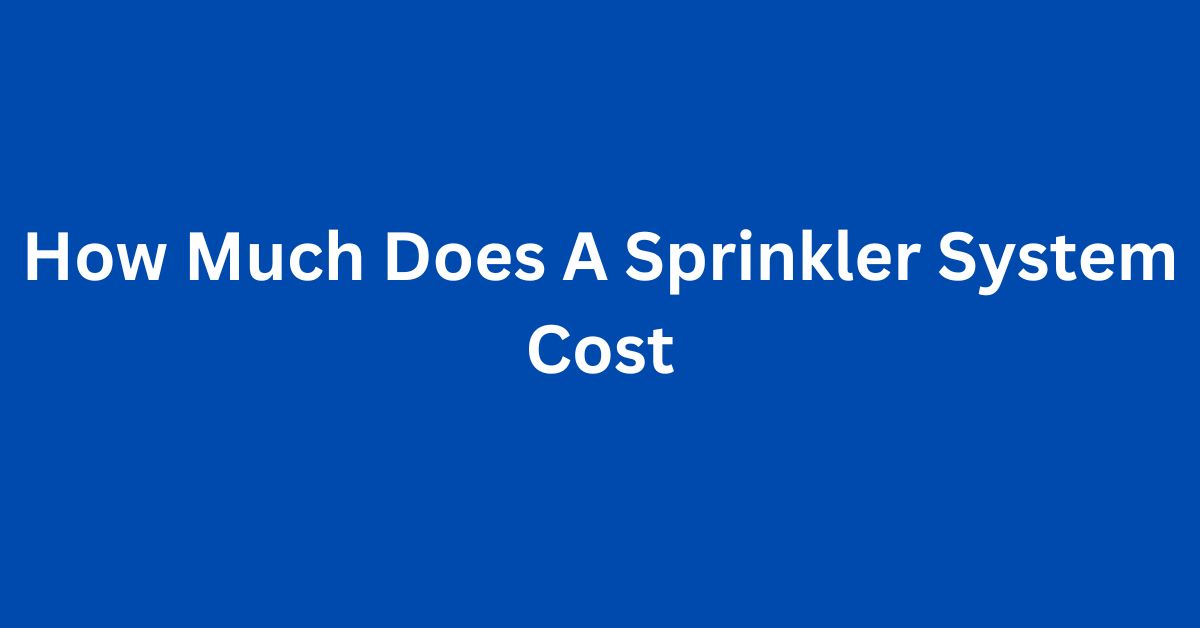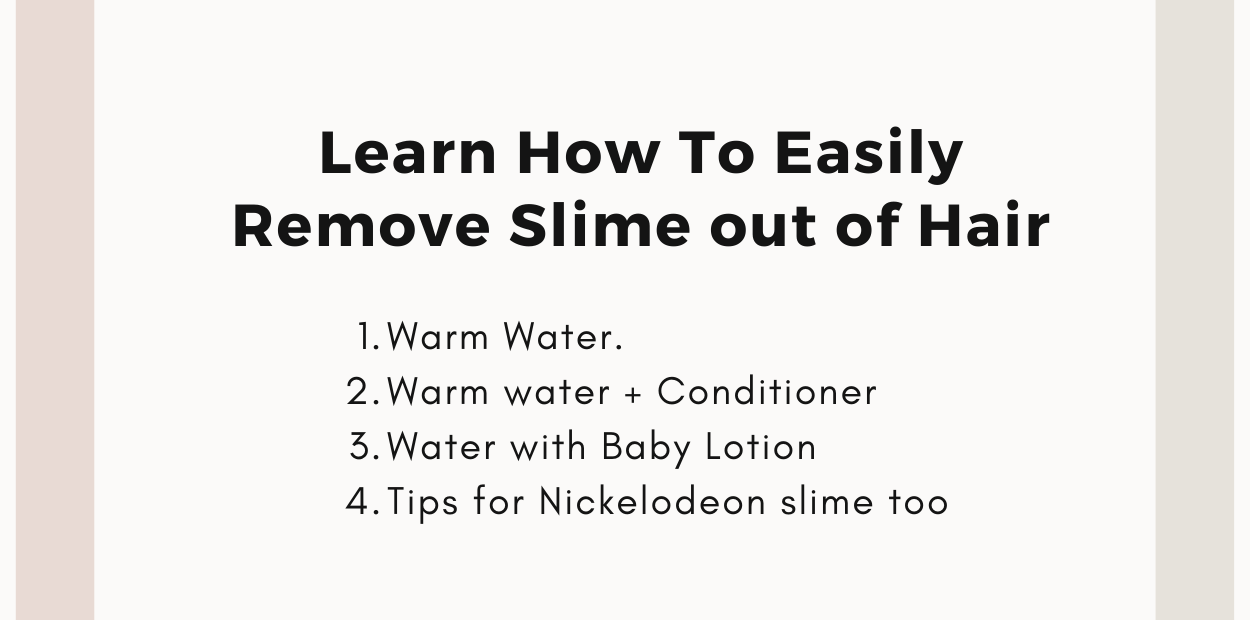Conditions Under Which You Need to Take a Break from Eyelash Extensions
Eyelid irritation
Eyelid irritation is one of the primary indications for discontinuing the use of eyelash extensions. It can result from incorrect usage or maintenance. The symptoms include:
– Localized or diffusely spread bumps on the lid margin
– Severe itching of the skin followed by inflammatory reactions
– Watering and foreign body reaction
– Painful episodes of skin sensitivity before and after application of the extensions
Allergic reactions
Allergic or hypersensitivity reactions are primarily a result of the skin’s exposure to the chemical present in the lash glue. As the human body’s thinnest membranes, eyelids are more prone to sensitivity than other dermal components.
Long-term contact of components from lash extensions results in a series of reactions collectively named ‘contact dermatitis.’
‘cyanoacrylate’ -the extensions’ glue usually goes inside the eyes and nose during humid conditions. This triggers a series of allergic reactions like:
– Watering of eyes
– Runny nose
– Swollen eyelids
– Headaches and incessant sneezing episodes
While compress and antihistamines are temporary relief measures, immediately discontinuing the extensions is the best course of action.
Thin or broken lashes
Our natural lids weigh somewhere between 0.6 grams. Lashes have an average thickness of 0.15mm with a weight of around 0.17mg. Standard lash extensions have an average weight of p.09 mg, while extra volume extensions are approximately 0.34mg. Used long term, they can outweigh regular lashes. This can bend, break them or cause them to lose their structure.
Even lash glue on improper use can corrode and damage the keratin. Improper handling of the extension while removing or pulling on the lashes when itches can further damage them. Stop using the extensions immediately once you notice thinned-out lashes with broken ends and opt for lash treatment options.
Lid and other ocular problems
Lid problems can be accidental or acquired. There may be episodes of lid drooping as a result of neuromuscular issues. You may have active bacterial conjunctivitis and blepharitis resulting in swelling of lids. Sometimes the infection may be the result of poor hygiene related to extensions. Rarely the inflammation may be associated with tattooing of the lid portion. Apart from the lid, the user may suffer from traumatic uveitis, corneal edema, or scleral-conjunctivitis. These conditions can interfere with your vision and require meticulous eye care and regular visits to the clinic.
In these cases, it is better to discontinue the use of extensions till the problem has been entirely resolved.
If you have plans for corrective or reconstructive eye or facial surgeries
Facial surgeries, especially ocular ones, require your face to be cleansed and thoroughly sterilized of all impurities before surgery, injections, or laser procedure. The presence of artificial lashes is regarded as a foreign body and advised to be removed before the process.
To be safe, surgeons advise getting rid of the extensions at least 2-3 weeks before the procedure and waiting for at least three months after completion of the surgery before reapplying for a fresh set.
If you are pregnant
The glue of some eyelash extensions contains formaldehyde as one of its inactive ingredients. Studies have not yet proved the safety of formaldehyde on the skin in pregnant women. Even if the side-effects are limited to allergic reactions, skin reactions may be uncomfortable for both the mother and baby.
It is better to remove extensions immediately post learning about your pregnancy reports to stay on the safe side. Several cosmetic clinics make it a rule to confirm the pregnancy status of the customer before agreeing to apply for extensions. The safety status and the risks imposed on having to lie for a long time while applying and removing them make them especially sensitive to pregnancy cases.
You may also like to read:
How to Remove Eyelash Extensions? Quick & Easy DIY
How to help with swollen eyelids after eyelash extensions?
How do you transition off eyelash extensions?
Transitioning off eyelash extensions may not yield productive results immediately. Alternative options are slow but safe for the lash health in the long run. Some of the alternatives to eyelash extensions are:
1) Prostaglandin analogs
Some lash serums contain prostaglandin analogs that enhance the growth of eyelashes. Using these medicated serums regularly repairs the lashes and naturally enables new growth of longer and healthier eyelashes.
For using them, it is essential to consult a registered dermatologist or health expert who can provide you with a prescription for obtaining and using them.
2) Hydration
Dehydration is a primary reason behind poor lash growth and brittleness. Staying hydrated can flush out toxins better and repair the collagen surface of lids. It even provides moisture to the follicular cells with adequate nutrition for better growth.
Apart from water, green tea is another essential antioxidant that can repair your lashes. Studies have shown that the flavonoids and EGCG in green tea promote healthy lashes and safely restore them.
3) Supplement pills
Vitamin A, C, D, and E are some of the leading supplements recommended by Dermatologists for lash growth. Vitamin A increases the oil circulation of the hair, providing moisture and nutrition for optimum growth. Vitamin C and E contain antioxidants that protect the lashes from free radicals causing oxidative damage. Vitamin D stimulates new follicular growth and is a must while considering lash growth options.
4) Coconut/ Castor oil
Coconut oil contains fatty acids that stimulate cell growth and aids in repairing damaged lashes and enabling them to grow optimally. Additionally, the lauric acid found in coconut oils is believed to be good for lash growth. Castor oil contains ricinoleic acid, good for both lash and scalp hair growth.
Because of their healing properties, these oils are used as a healing and removal medium in lash extension cases. You only need to remember to use virgin or extra virgin coconut oil and virgin Jamaican black castor oil for lash stimulation purposes.
5) Yogurt/coconut water
Apart from its probiotic properties, yogurt is a rich source of Vitamin B5. This encourages vasodilation and promotes follicular lash growth. Coconut water stimulates cell growth and helps develop more vigorous and resistant eyelashes. Apart from these primary natural nutrients, eggs, avocado, and nuts are highly beneficial for hair. Incorporating them into your diet can reverse your lash problems quickly and effectively.



